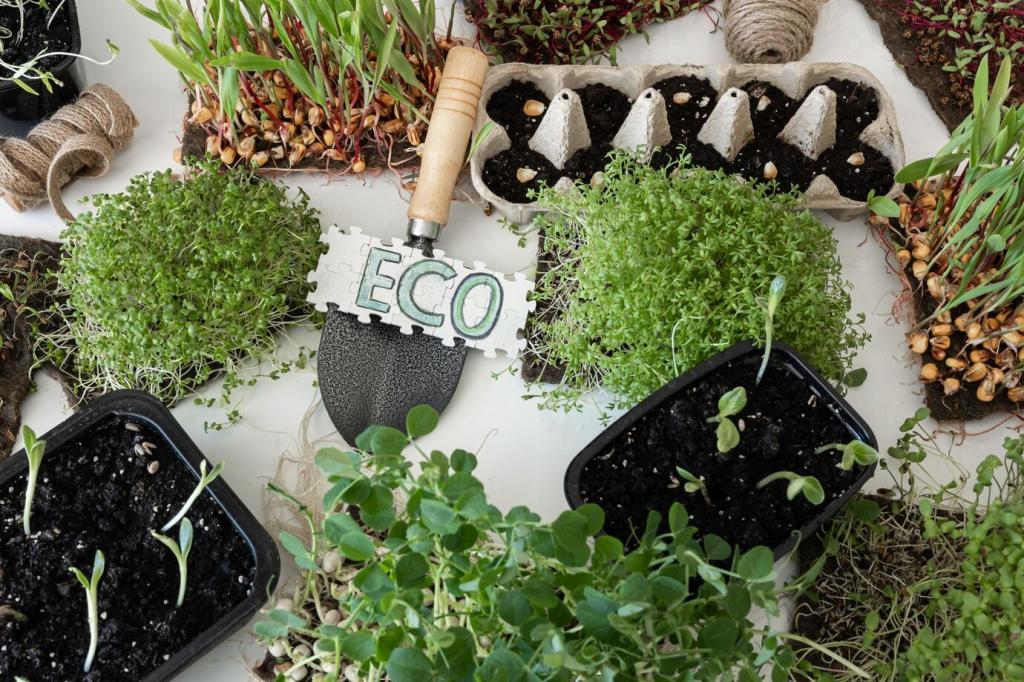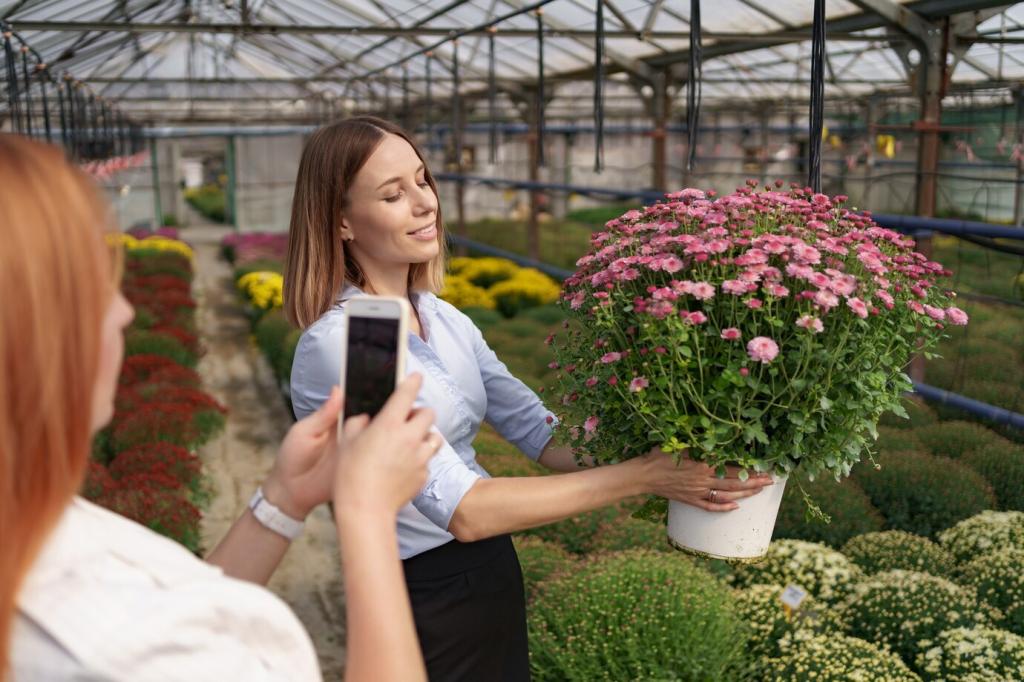Smart Gardening: Integrating Technology into Urban Green Spaces
Smart gardening is revolutionizing the way we approach urban green spaces, making them more efficient, sustainable, and enjoyable for city dwellers. Through the thoughtful integration of advanced technologies, urban gardening becomes not only a method of beautification but also a vital tool in combating environmental challenges. By adopting smart solutions, cities can foster healthier ecosystems, improve air quality, and enable residents to connect with nature, all within the technological landscape of modern life. This page explores the seamless blend of innovation and horticulture, opening the door to greener, smarter urban living.

Transforming Urban Spaces with Technological Innovation
Automated Irrigation Systems
The introduction of automated irrigation systems has fundamentally changed the way urban gardens are maintained. These systems use sensors to monitor soil moisture and weather conditions, delivering water precisely when and where it is needed, thus reducing waste and maximizing plant health. The convenience afforded by automation is particularly beneficial in urban areas where gardeners may not always be available to tend plants consistently. This allows community gardens, residential developments, and public green spaces to flourish even in the busiest of city environments. By integrating real-time data and remote control, these systems exemplify how technology can simplify complex routines and foster sustainable gardening practices.
Smart Plant Sensors
Smart plant sensors offer real-time information on a variety of environmental factors, such as soil pH, humidity, light exposure, and nutrient levels. These compact devices can be embedded within the soil or placed directly on plants, providing urban gardeners with actionable insights through smartphone applications. Whether it’s adjusting fertilizer schedules or selecting optimal locations for new plantings, the data provided by these sensors helps maximize growth and health. The ability to monitor plant well-being remotely also encourages greater participation from urban residents, democratizing gardening and making it accessible even to those without traditional experience.
Vertical Farming Solutions
Vertical farming technologies make the most of tight urban spaces by leveraging upward rather than outward growth. Automated lighting, climate control, and hydroponic systems ensure optimal conditions for a variety of crops, enabling year-round production regardless of outdoor weather. These innovative solutions have transformed the possibilities for city-based agriculture, turning previously unused walls, roofs, and indoor spaces into bustling gardens. As a result, cities can become more self-reliant in food production while simultaneously improving air quality and providing residents with engaging, green environments.
Enhancing Sustainability and Resource Efficiency
Precision Water Management
Water scarcity is a significant concern for many cities, making the efficient use of water in gardening essential. Precision water management technologies utilize advanced analytics to irrigate only when necessary, reducing water consumption without compromising plant health. Integrated systems can analyze rainfall patterns and evaporation rates, adjusting schedules automatically to adapt to seasonal changes and unexpected weather events. Such systems are particularly valuable in drought-prone areas, ensuring that urban green spaces remain lush while supporting broader sustainability goals. This approach also helps municipalities reduce costs and conserve valuable resources.
Energy-Efficient Lighting Technologies
Advancements in LED lighting and automated light scheduling have redefined how urban gardens receive illumination, particularly in indoor or shaded environments. These lighting systems can mimic natural sunlight cycles, optimizing photosynthesis and plant growth while consuming significantly less energy than traditional options. Through app-based controls, gardeners can customize lighting to suit the specific needs of different species, encouraging greater diversity in urban flora. The adoption of energy-efficient lighting not only lowers operational costs but also contributes to the broader goals of citywide energy conservation and carbon footprint reduction.
Integrated Waste Management and Composting
Urban life generates a considerable amount of organic waste, much of which is suitable for composting. Smart composting bins equipped with sensors and automated turning mechanisms ensure optimal temperatures are maintained, accelerating the decomposition process and producing nutrient-rich soil conditioners. These systems can connect to mobile devices, providing residents with updates on compost status and reminders to add or aerate materials. By transforming kitchen and garden waste into valuable resources, integrated waste management strategies make urban gardening more circular and environmentally responsible, helping cities close the loop on organic waste.
Improving Community Engagement and Education
The rise of mobile applications dedicated to smart gardening has made it easier than ever for individuals and communities to participate in urban greening projects. These apps guide users through every aspect of plant care, from sowing seeds to harvesting, providing reminders and tips tailored to each user’s unique environment. Some even feature virtual communities where gardeners can share successes, troubleshoot challenges, and organize local events. This level of digital interactivity not only enhances user learning but also fosters a connected, supportive network of urban gardeners, all empowered through accessible technology.

